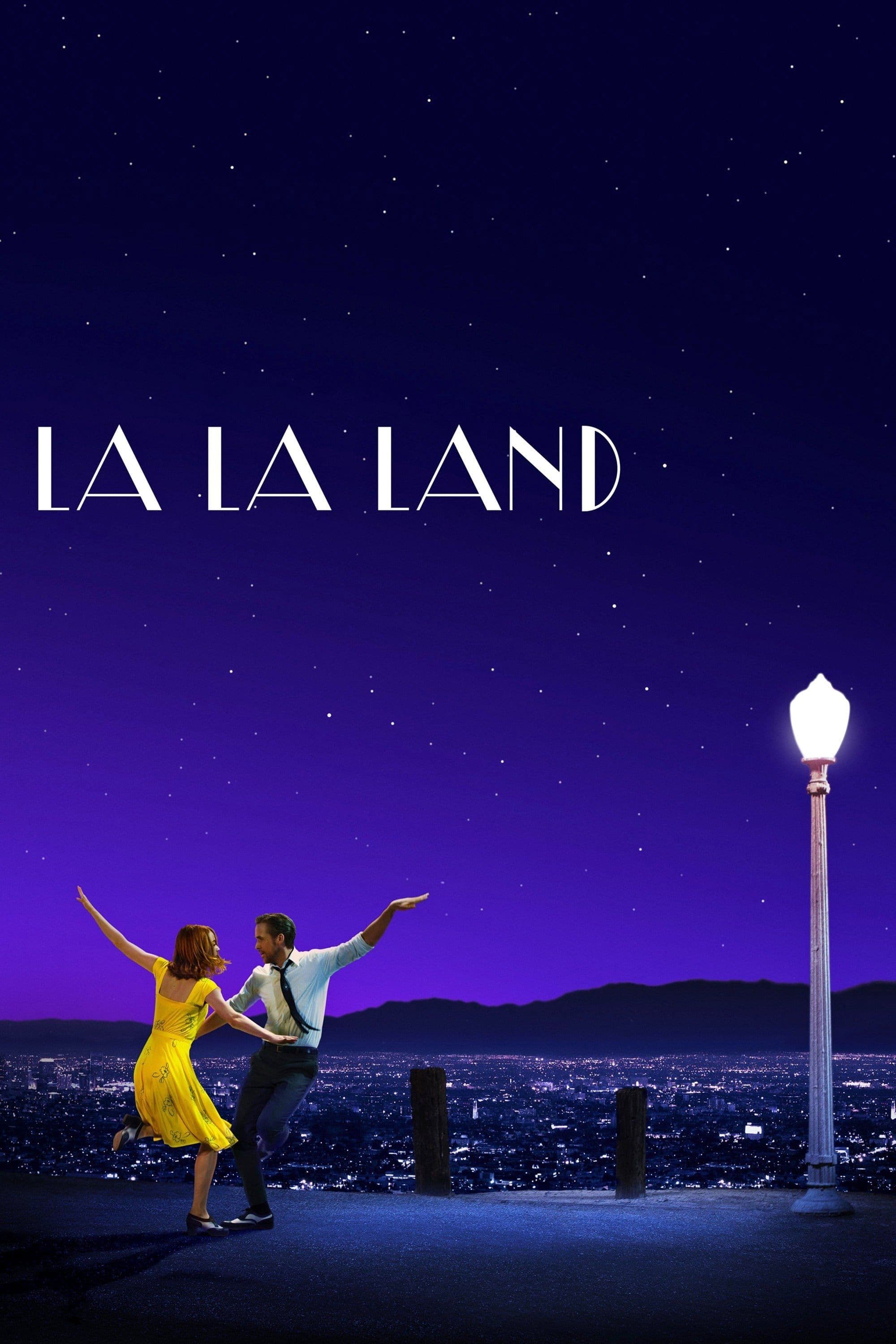
La La Land
2016
Rate this movie
Average: 3.50 / 5
(2 votes)
Director
Mia and Sebastian, soulmates yet destined to orbit in parallel universes, share an insatiable passion for their art and an unbridled, almost desperate, desire for success. It's Hollywood's eternal dilemma, the glittering chimera that attracts and consumes, the promise of glory that often translates into a purgatory of auditions and waiting.
Mia, an aspiring actress, perfectly embodies this tension. Her daily life is punctuated by an endless series of humiliating auditions, interspersed with her work as a barista in a coffee shop a stone's throw from the studios that represent her inaccessible Eldorado. It's not just a job; it's a constant and painful proximity to her dream, a perpetual brushing against the object of her desire without ever grasping it.
Sebastian, on the other hand, is a jazz pianist who harbors the dream of saving the music he loves from the grip of commercialization, of reviving the purity of its spirit in his own venue. His survival is tied to evenings in cheap bars, where his art is reduced to mere background noise for distracted conversations, an almost physical offense to his purist sensibility.
The encounter between these two kindred spirits was bound to be fated. A series of seemingly random collisions, yet imbued with an inescapable destiny, leads them to share not only dreams and passions, but also the disillusionments and harshness of an environment that does not forgive weakness. In a tangle of glances, notes, and dance steps, the two cling to each other, raising an ephemeral bubble of love and possibility in the heart of an indifferent Los Angeles.
Then, the crack, a clean cut in the thin fabric of their happiness. Life, with its inescapable demands, breaks in. Mia waits in vain for Sebastian at an important theatrical premiere, the culmination of years of effort, a moment that should have been celebrated together. Sebastian, to achieve the stability Mia needs to pursue her dreams, signs with a band whose commercialization of Jazz he doesn't share, betraying his own ideals, his "mission." And the two, absorbed by their respective careers, by the choices that define their professional identity, lose each other, or rather, drift apart along divergent paths. It is the supreme sacrifice on the altar of ambition, the painful realization that, sometimes, to achieve an individual dream, one must relinquish a shared one.
But destiny, in its cruel irony, weaves intricate webs. Later, when life's choices have seemingly definitively separated them, the two will meet again. And a subtle, burning spark will ignite their gazes for a single, very long instant. A silent recognition, a "what if" that condenses years of regret and dormant love, projecting into the viewer's mind a hypothesis of happiness never realized, the true, heartbreaking emotional epilogue of this bittersweet fable.
There are emotions so strong and overwhelming that they cannot be expressed in words, but rather with an innate and primordial language like music. Damien Chazelle, after exploring the desperate obsession with perfection in Whiplash, takes a further step here, integrating dance with music and utilizing a lexicon forged by the bodies of Fred Astaire and Ginger Rogers, codified in a genre that made Hollywood's fortune: the Musical. It is not a mere re-enactment, but a philological and audacious reinterpretation.
A Grammar of the Body that harmonizes with Music, an expressive canon that blossomed on Broadway and was transplanted to Hollywood in 1927 with Alan Crosland's The Jazz Singer, which marked the advent of sound. This canon then transitioned from the rigid elegance of Top Hat and the ethereal lightness of Astaire and Rogers, to the fairytale exoticism of The Wizard of Oz, to the sober lightness and chromatic impressionism of An American in Paris, to the serene boisterousness and self-irony of Singin' in the Rain – a film that even then questioned the evolution of the cinematic medium – up to the perfect choreographic architectures of West Side Story, which brought the musical to the streets, amidst the mud and violence of urban reality. And into this pantheon, Chazelle does not hesitate to insert an even deeper homage, one to Jacques Demy, and in particular to The Umbrellas of Cherbourg and The Young Girls of Rochefort, from which La La Land borrows not only the vibrant chromatic palette and the use of singing as daily dialogue, but also the intrinsic melancholy of impossible loves and divergent destinies.
All these archetypes are part of Chazelle's DNA, who directs La La Land with total expressive freedom but at the same time is philologically faithful to this tradition for which he harbors boundless, almost reverential love. The result is a work of pulsating lightness, vibrating with contagious energy and poignant nostalgia, a journey through music and love, the two great themes that intertwine in this film, giving life to a vibrant and emotional narrative. The Los Angeles painted by Chazelle, especially in the enchanting sequences shot during the "magic hour," that transition between day and night, itself becomes a character, a dreamlike backdrop that amplifies the poetry and melancholy of the story.
Constellated with memorable ballets, ranging from the choral and unrestrained choreography on the highway to the sublime pas de deux in the Planetarium, with swirling choreographies captured in long takes that seem to defy gravity and the laws of physics, and with a truly enchanting soundtrack composed by Justin Hurwitz, which is an integral part of the emotional narrative, La La Land brings the Musical back into vogue with splendor and solemnity. It manages to break through to the viewer's heart through an idiom that is simple yet sophisticated, a universal language made of broken dreams and tenacious hopes. The dazzling synchronicity of the two protagonists' movements, their twilight harmony unfolding amidst the neon lights and golden sunsets of Los Angeles, their bodily dialogue that communicates more than a thousand words, is the semantic core of this film. Mia and Sebastian are not just characters; they are music itself, ethereal and diaphanous creatures who soar above their own struggles and affirm an inalienable human right: the right to love each other, even and especially when love clashes with the harsh, inevitable reality of life and ambition.
Main Actors
Country
Gallery
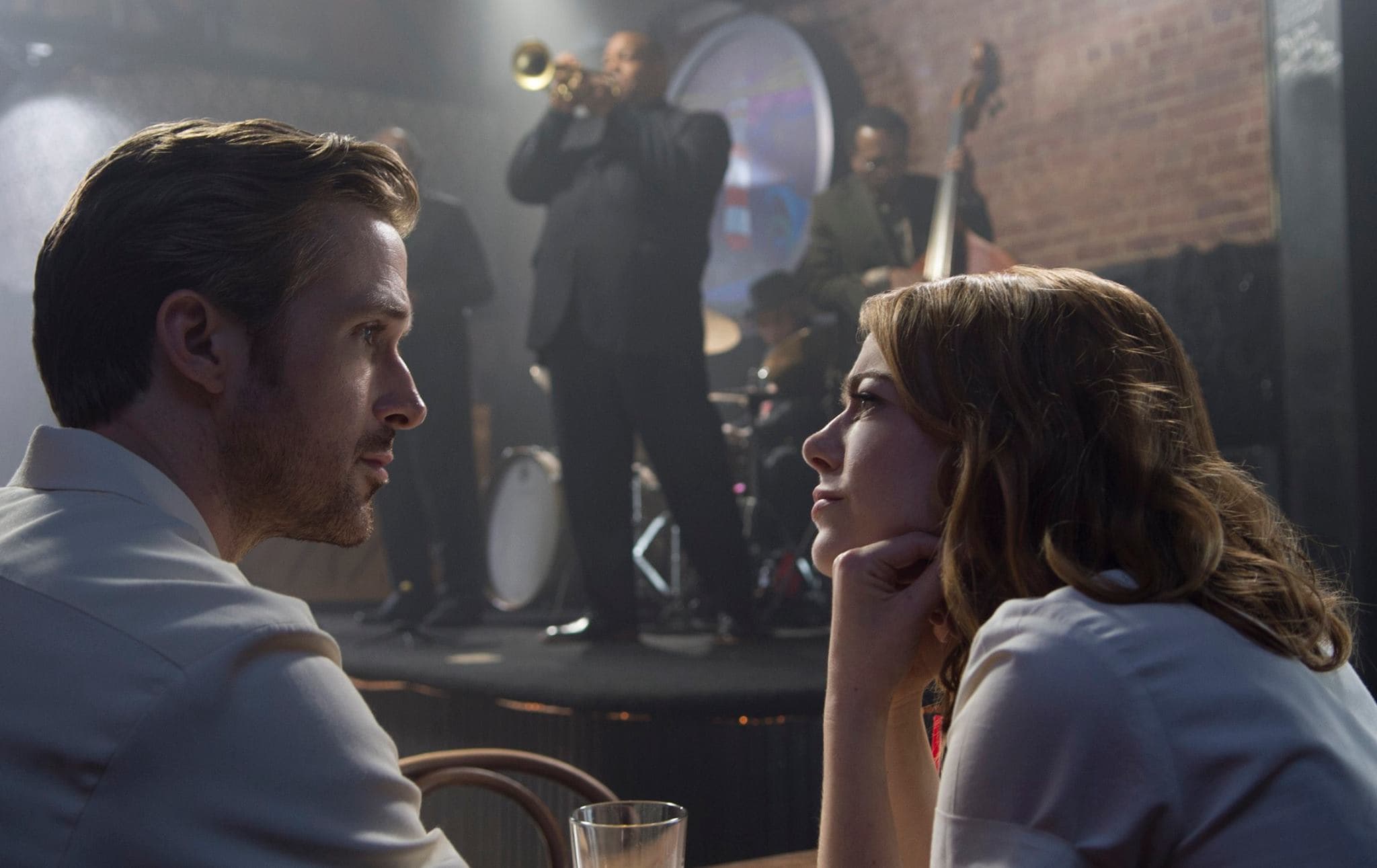

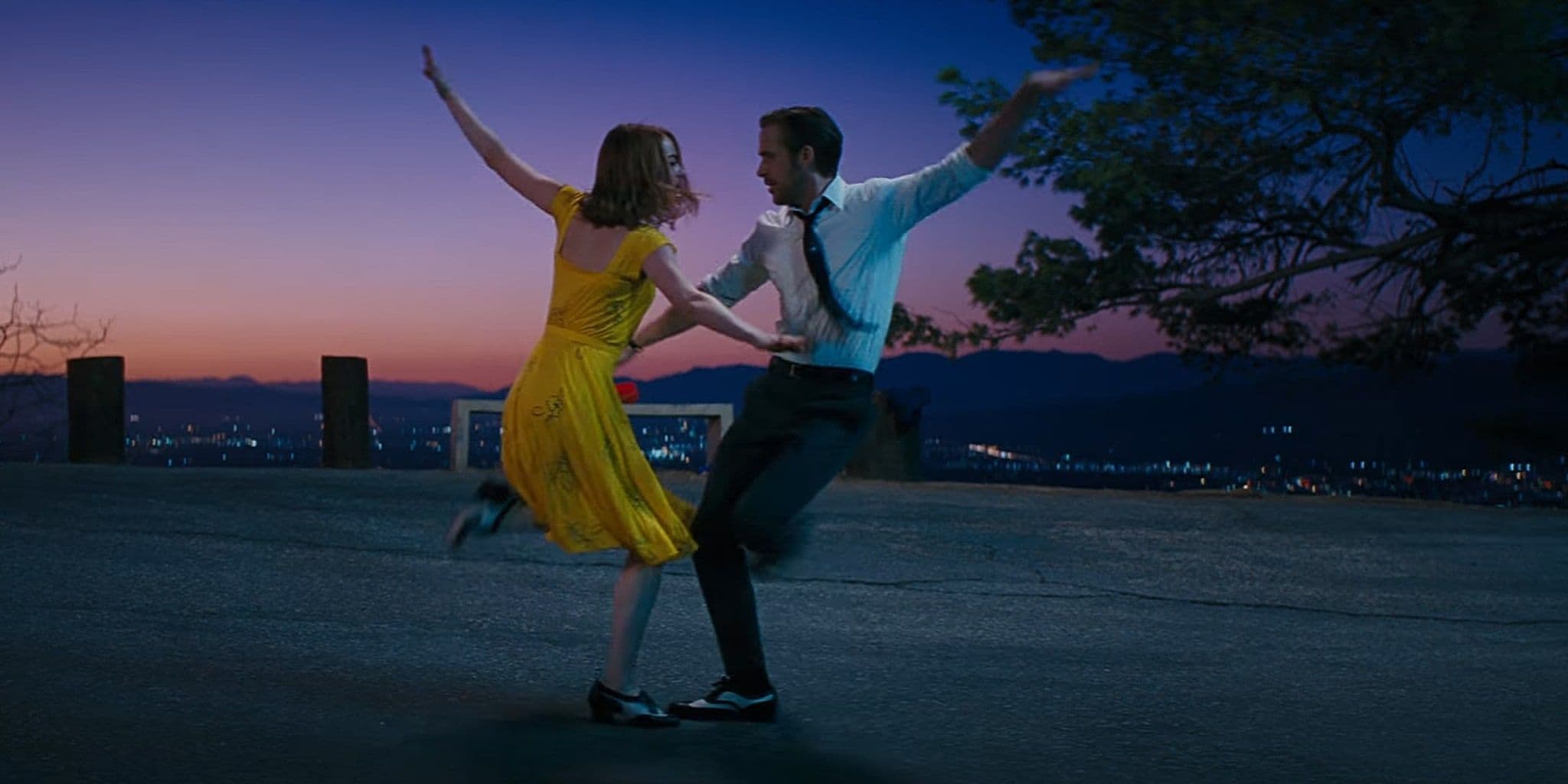

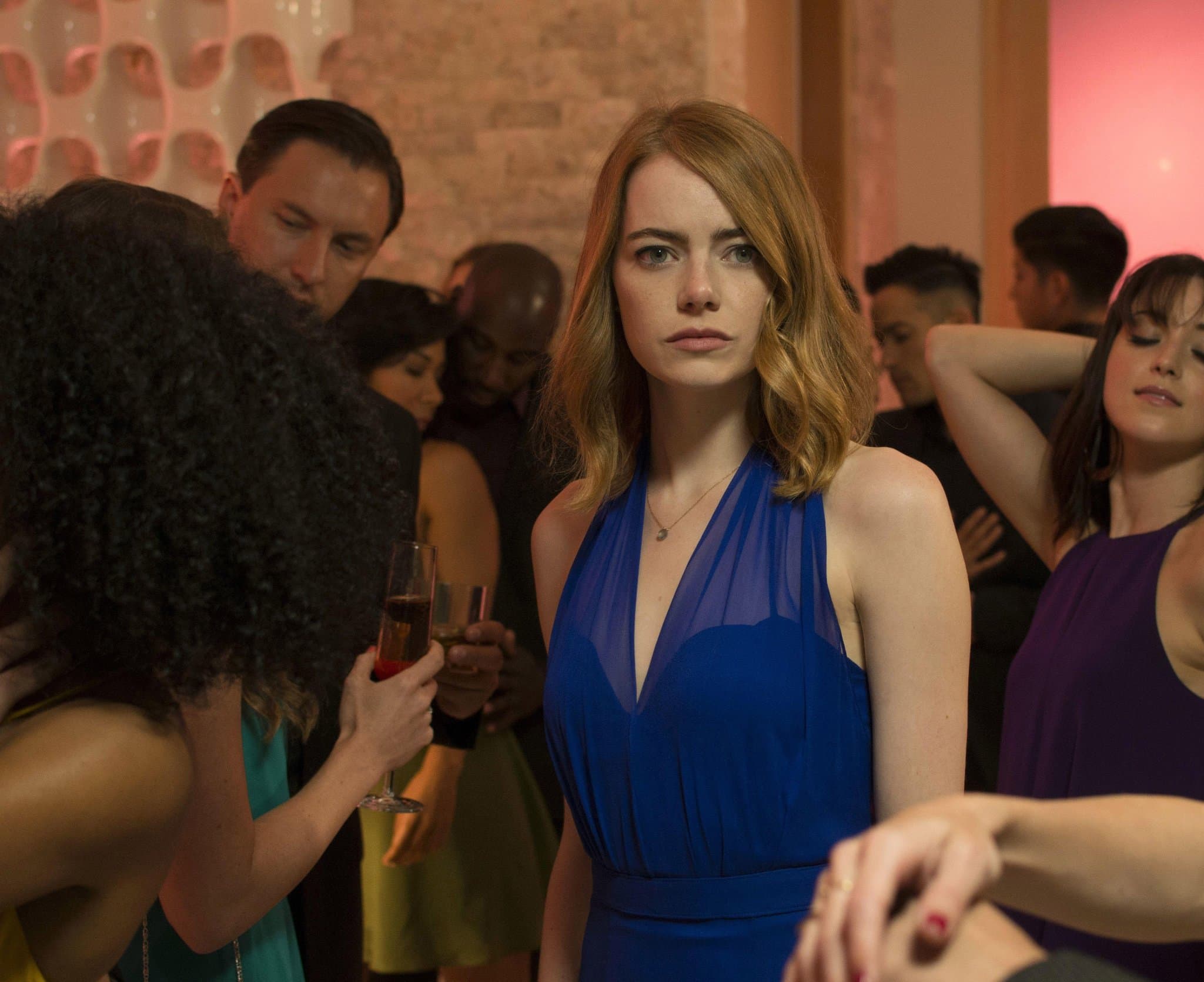
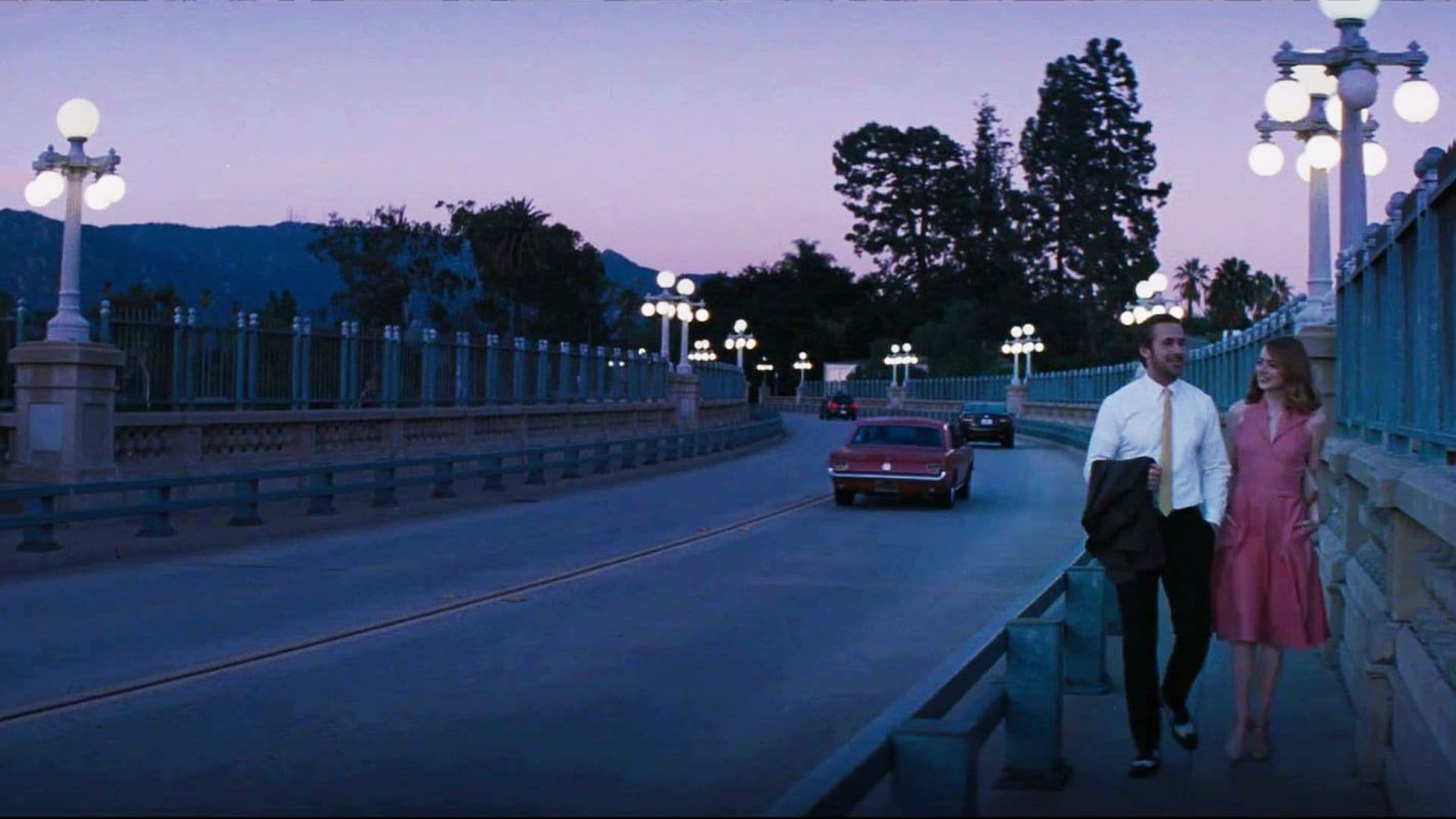

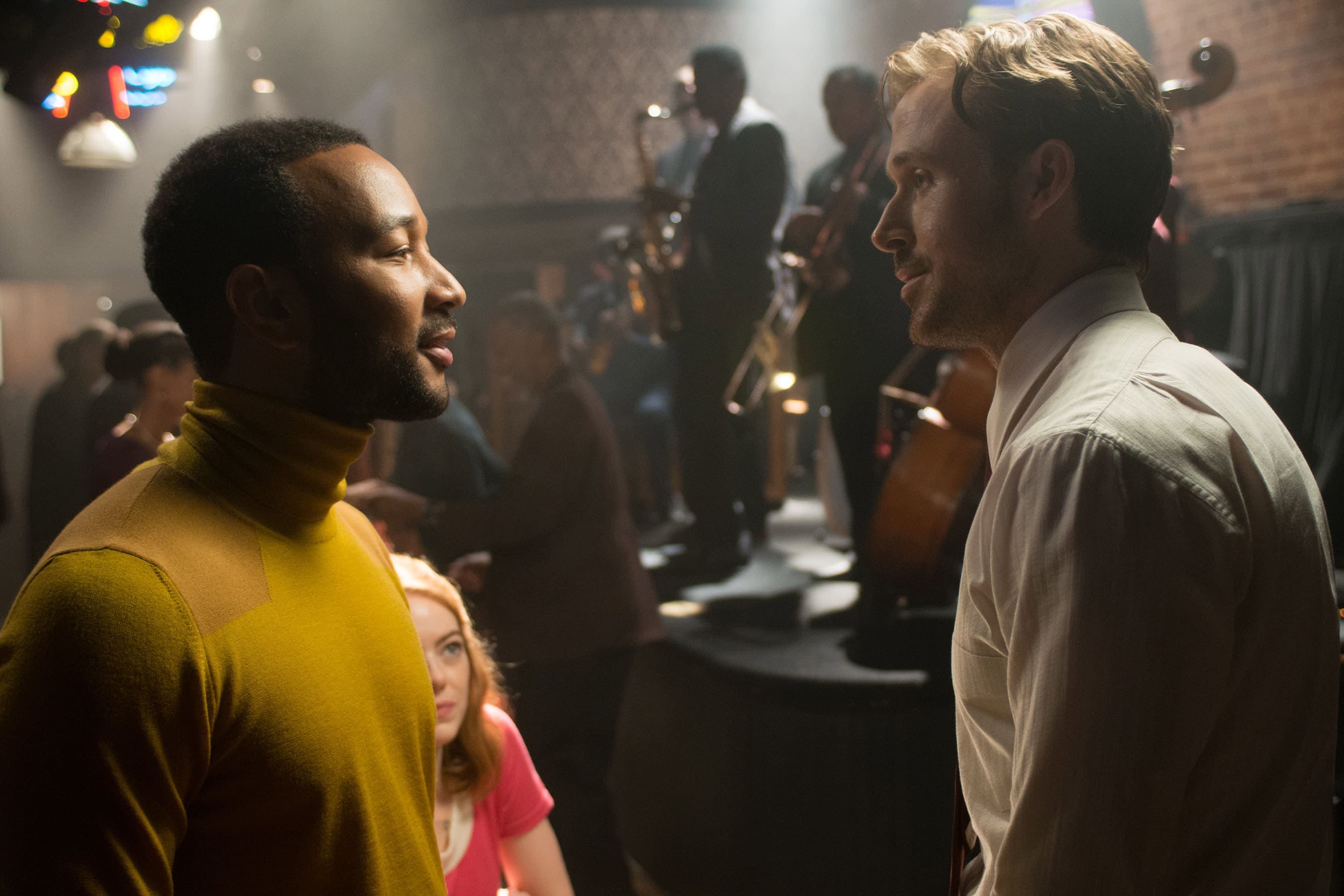
Comments
Loading comments...